New research on dwarf galaxies challenges the idea that dark matter is collisionless, suggesting it may interact in unexpected ways


New research on dwarf galaxies challenges the idea that dark matter is collisionless, suggesting it may interact in unexpected ways
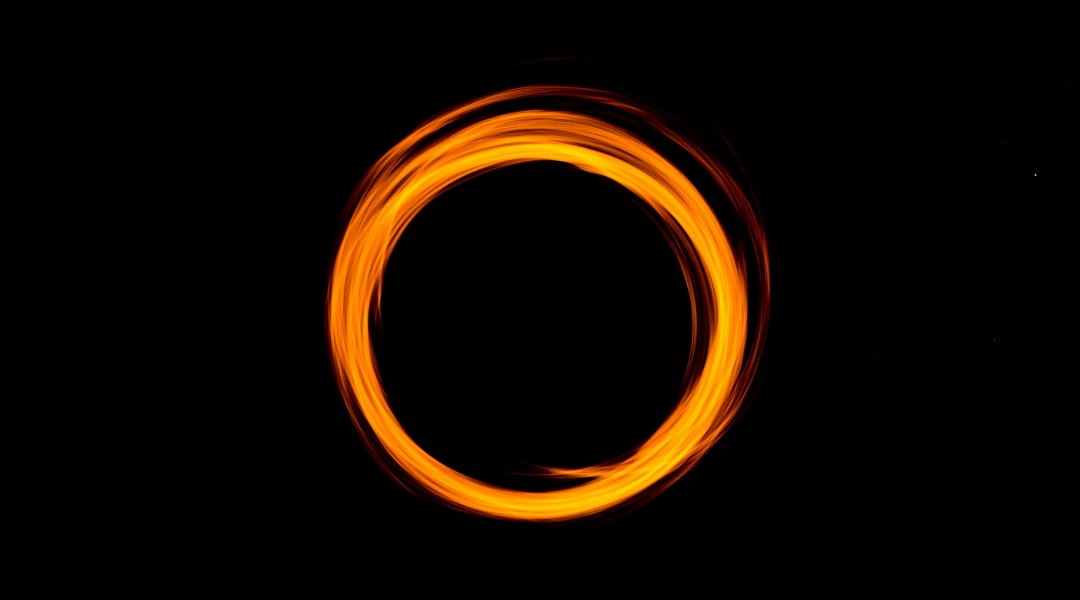
Is it time to start looking for alternatives to WIMPs?
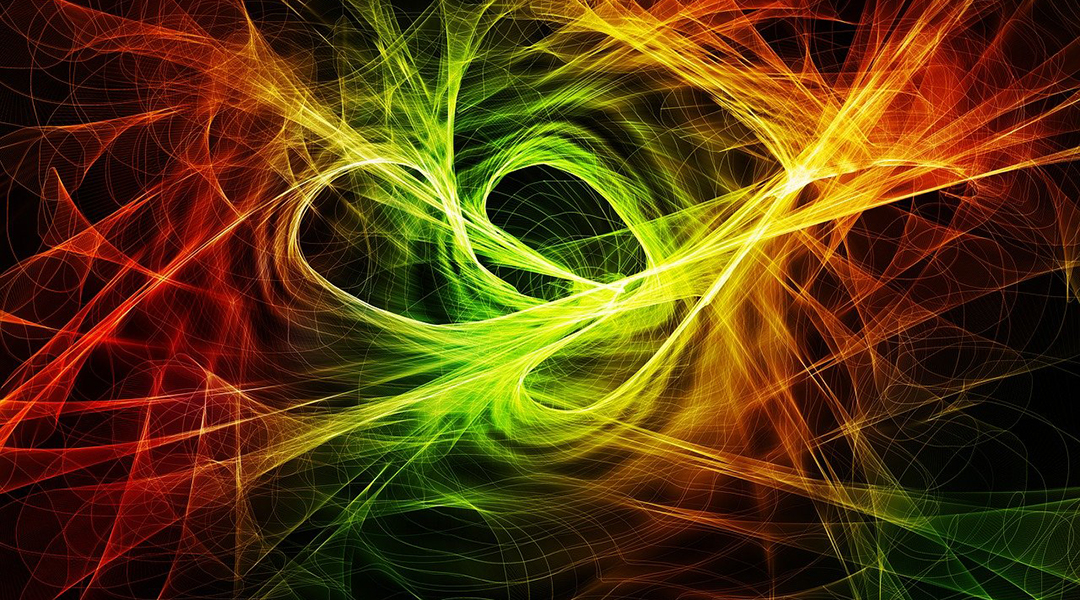
Researchers at CERN’s Large Hadron Collider explore subtle energy signals to search for new physics beyond the Standard Model.
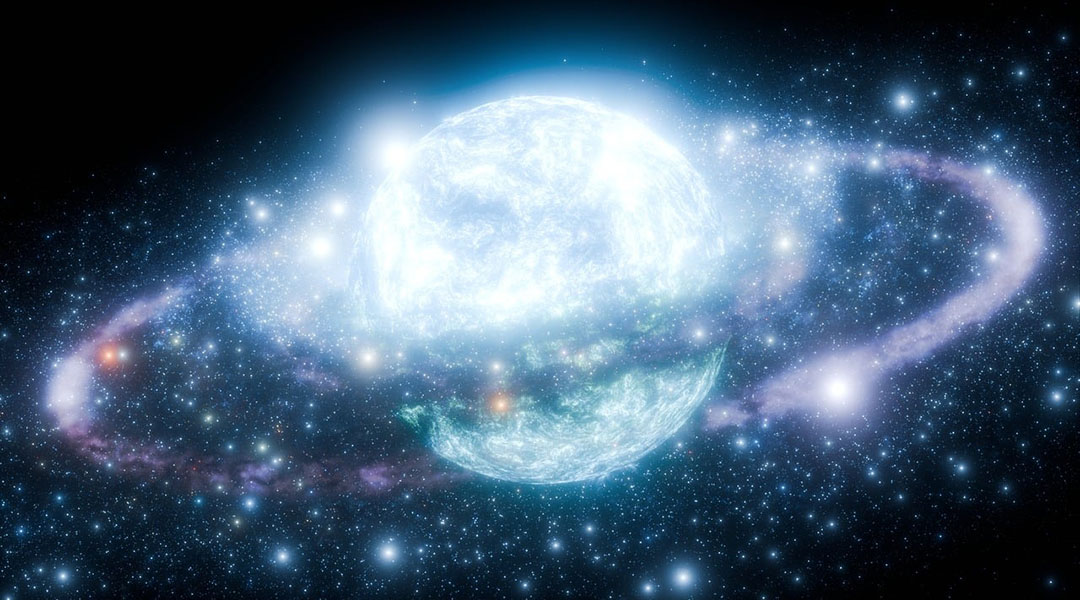
Dark matter may be gathering in dense clouds around neutron stars, potentially making it easier to observe it from Earth.
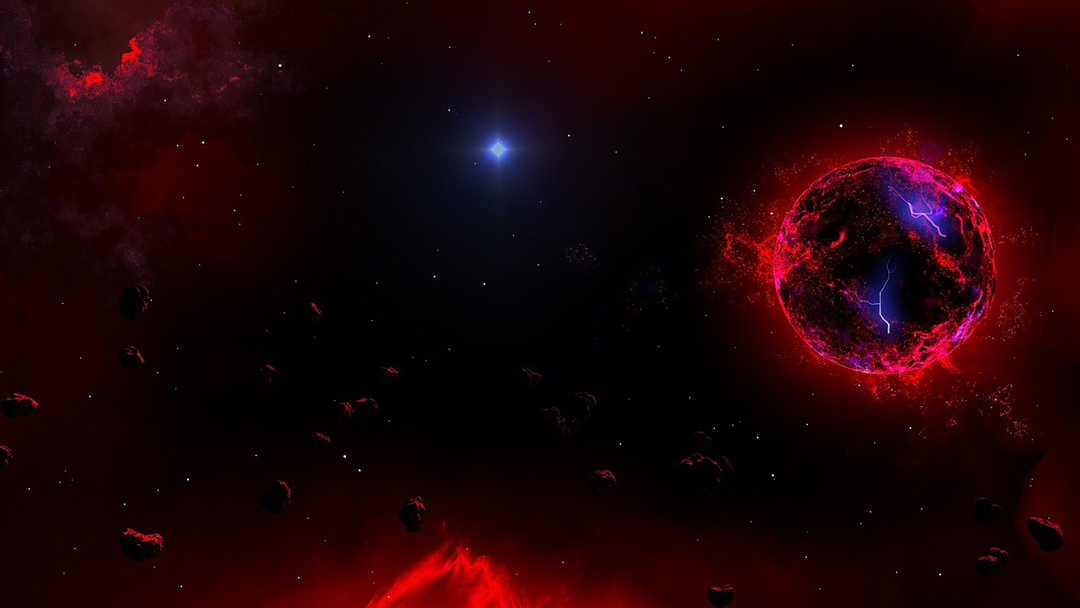
Could neutron stars hold the key to observing dark matter? Researchers believe studying them might one day reveal this elusive substance.
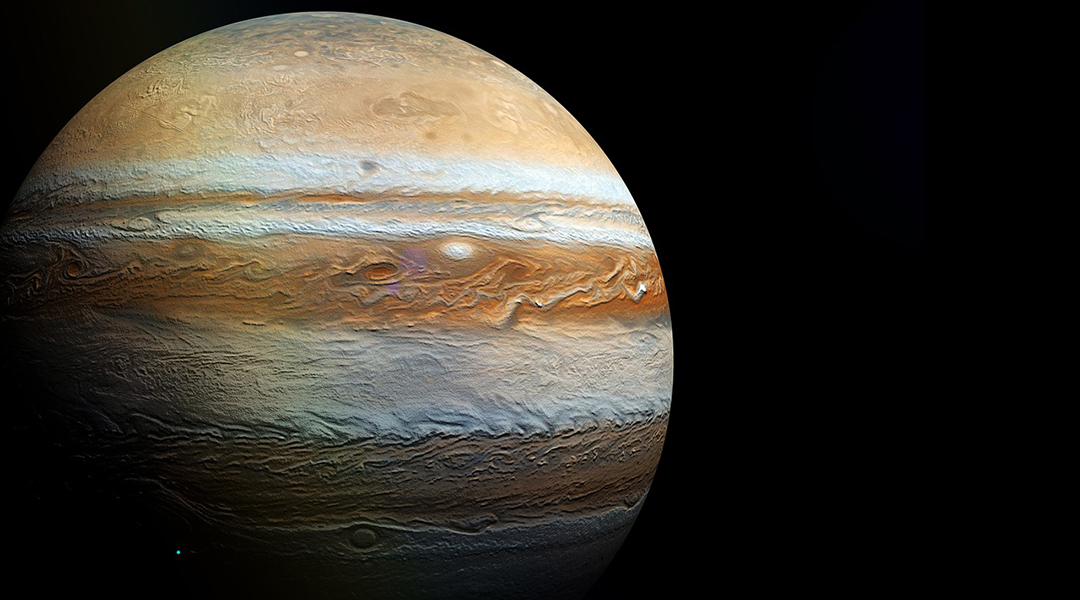
Astronomers propose that an infrared glow observed in Jupiter’s atmosphere may be dark matter particles colliding.
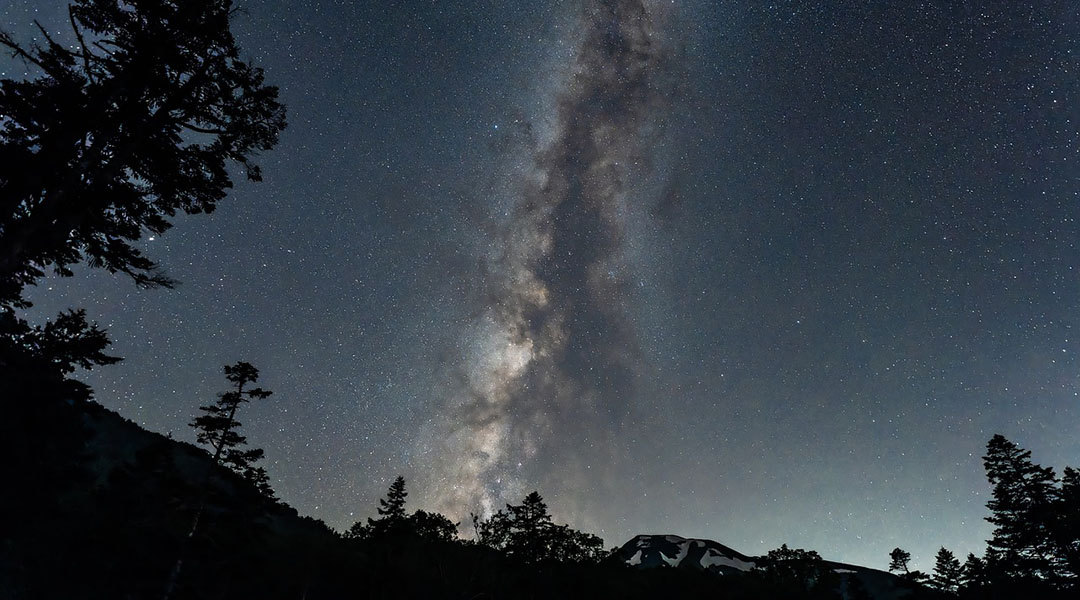
In this third and final article in a series on philosophy and science, we look at how modern science shows the validity of dialectical processes and how this can help guide science.
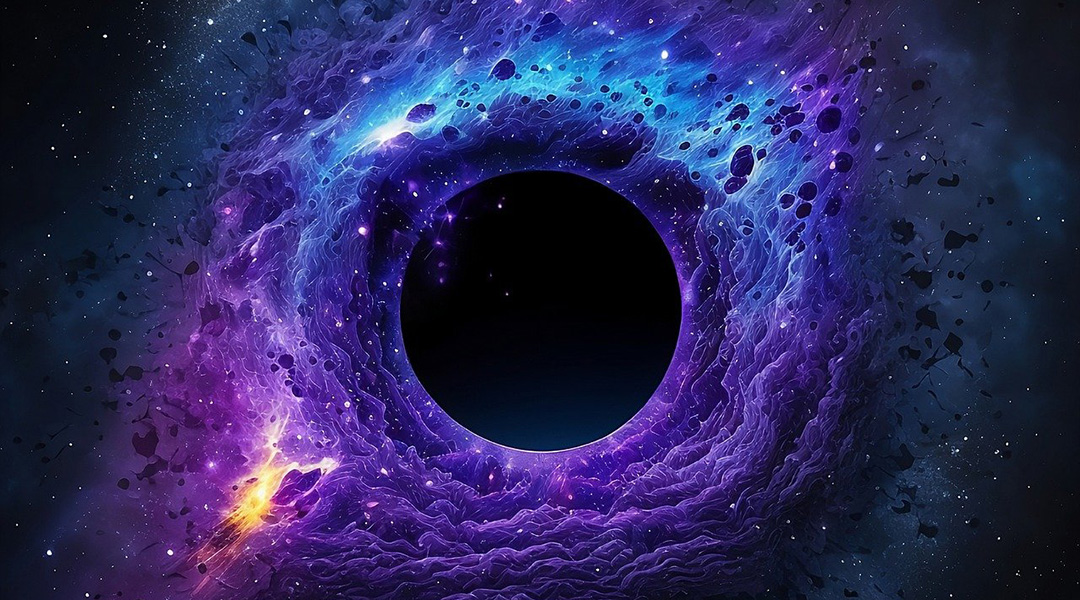
Tiny interactions between dark matter particles may resolve discrepancies between theory and astronomical observations caused by quantum tunneling.
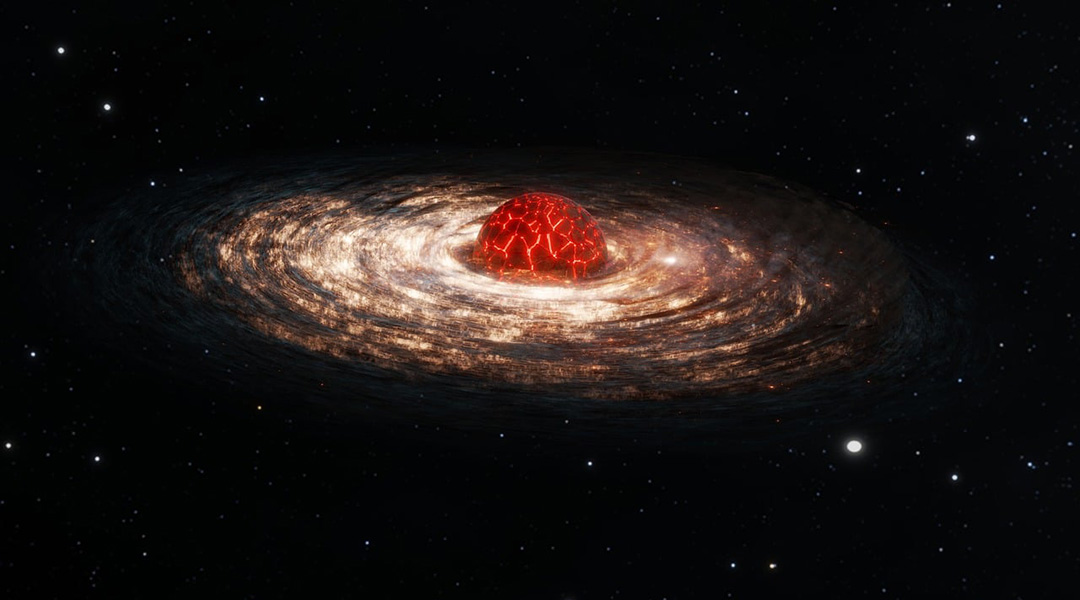
While dark matter’s enigmatic nature persists, Proca stars made of dark photons could help shed light on this cosmic mystery.

Scientists propose an enhancement to the BabyIAXO axion detector, paving the way for an intensified search for elusive dark matter particles.